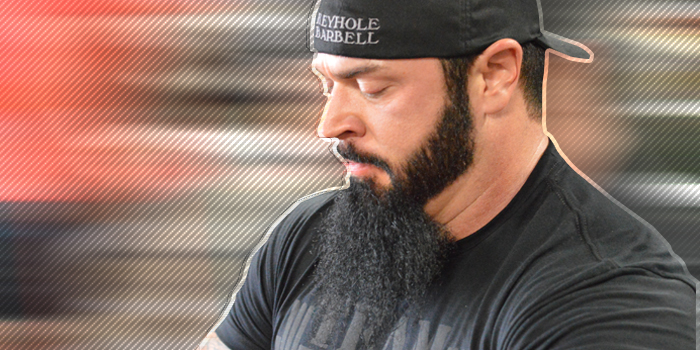
As powerlifters, we often think of getting jacked to increase strength—with good cause—but what we usually fail to acknowledge is the protective nature of muscle. I would argue that heavily muscled humans are altogether more durable than their meager counter parts, and this should be a matter of common sense.
For example, I am much harder to break than most humans and something that would be likely to kill a normal person might simply injure me. This has been shown to be true on more than one occasion and could quite easily be attributed to my level of muscularity, but I digress.
It stands to reason that, if done correctly, developing hypertrophy (especially in the weaker ancillary muscles of the competition lifts) could lessen the likelihood or at least mitigate the severity of injuries related to instability.
RECENT: Raw Unity Meet 9: Coaching, 5thSet, World Record Controversy
It's hard to deny that the bulk of injuries beginners suffer are related to rapid strength development in primary muscles without the same in ancillaries. Even more advanced lifters are vulnerable to this phenomena if this issue is never addressed. I am convinced that building up these small muscles will keep them, as well as the larger muscles, safer. It has been my experience that doing this provides greater stability at the joint and improved leverages.
When outsiders to the sport think about powerlifting, they envision a group of individuals who most notably possess the ability to lift weights which are very impressive, sometimes in spite of the lifter's limited size or level of physical development (think blubber instead of lean muscle). In other words, they think of people lifting weights it seems they should not be able to.
That's cool and all, and I don't know about you, but I would much rather be the guy who blows your mind with the weight I am lifting, as well as the level of physical development I am using to do it. Doing that means maximizing hypertrophy, and if weight classes or coefficients are considerations (they are), minimizing body fat.
Times are changing as the whole powerlifting universe goes raw, and the lifter's physiques are changing with them. Not to say that there weren't a shitload of unbelievably yoked lifters during the multiply era — there certainly were. This whole article would be nothing more than a list of names if I took the time to mention them all. The important point to understand, and what I'm getting at here, is that the gear protected the shoulders and hips in such a way that a lifter could move unreal poundage without necessarily destroying them, or at least not doing so anywhere near as quickly as they would have raw.
Without the gear to protect our shoulders and hips, raw lifters stand to benefit a great deal from adding some muscularity to the areas surrounding those joints. And the top lifters in just about every weight class have done just that.
Now, there are many ways to skin a cat, but there can only be one best way to do anything. So what I am going to do for you here is outline a couple of ideas in regard to what I feel is the best way for a powerlifter to get jacked.
The first point we should acknowledge is that tendon recovers from and adapts to stimulus at a slower rate than muscle. This is an important factor to consider, because it will avail us nothing, adding a bunch of muscle to our frames, if it is then torn from our bones during a heavy lift because our tendons are in a state of disrepair. That is to say, the prime directive when getting jacked to prevent injuries should be to avoid getting injured in the process. I bestow upon you: common sense.
To accomplish this, I suggest incorporating a period of reduced work (in every capacity) into your program, regularly. The disparity in recovery between muscle and connective tissue can be effectively mitigated with these regular deloads.
For any of you who have read the 5thSet methodology or use it, some of this is going to start sounding familiar, but I encourage you to keep reading. You may recognize the how's I'm talking about here, but this article might also give you a clearer picture as to some of the why's. Some of them.
The topic of deloads has long been a point of controversy for powerlifters. One of the more common questions I get is why lifter use them or if they are really necessary. Beyond the issue of recovery disparity between muscle and connective tissue, which should be more than enough reason to embrace the idea of deloading, there are undesirable neurological effects from carrying excessive fatigue as well. I could write a book about all this; it's a complex issue and many factors are involved. And actually, I'm going to include a comprehensive chapter on the subject of injury risk factor reduction in the new 5thSet Ebook and I will cover all that stuff in there. But for the purposes of this article, when it comes to deloads I am just going to tell you to do them and hope the reasons I've given are sufficient, because I don't want to get too far off topic.
As for my opinions on how to integrate hypertrophy work into your powerlifting training, I've already written about the subject extensively and you can brush up on that by reading my article "Mistakes 101: Assistance Work." I won't go into review on that subject, because the article is fairly complete.
Another idea I do want to talk about is the fact that it will be very difficult for you to add any appreciable amount of muscle mass, without dedicating a period of time, diet-wise, to specifically that. This is going to mean consistently consuming a surplus of calories, day in and day out, for months on end. Let's call this a "Mass Gaining Phase."
I touched on some of this in a previous article, as well as the book, but I will review a little bit since there seems to be a good deal of confusion surrounding how muscle is actually added to the body. You see, even if your training is perfect and you're getting all the sleep you need, if you aren't eating more calories than you burn in a given day, you're probably not adding any new muscle. Doing so is only possible for absolute beginners and those just starting to use anabolic steroids. Even for people in either of those groups, a mass-gaining phase would yield a much larger dividend.
Before we go too far into what that entails, let's discuss who is going to be a good candidate for one of these phases. Again, everything is not for everybody.
I want to be succinct with my recommendations, so that means there won't be much room for feelings and emotions. I'll say upfront that I am not someone who will ever judge you or shame you for the current state of your body or anything else for that matter. Everything that follows is with the sole intent of making you the best powerlifter you can be.
If you are fat already, do not start with a mass gaining phase. I'm not going to argue semantics for the word fat. If you are fat, you probably know it. Gaining mass will mean adding some more fat, which is not going to help you as a lifter. Your objective should be to lose as much body fat as possible so that you can then dedicate a period to effectively adding muscle. If you have a high percentage of body fat, male or female, and you embark on a hyper-caloric diet, the ratio of fat to muscle weight you gain will be unacceptable, due to a number of factors.
The first order of business for you should be to reduce your body fat percentage with what we will call a "Fat Loss Phase." When I am doing for this, I usually start by setting my calories around 11-12 per pound of bodyweight and my protein at around one gram per pound of body weight. Those figures may need to be adjusted down slightly for fatter people. If I don't start start to lose about a pound per week, I will go down 300-500 calories.
Now, let's say that you are at a reasonably low bodyfat and ready to start a mass gaining phase. I've had good results with this by setting my calories at 18-20 per pound and going from there. If the scale doesn't start to go up a pound or so per week, I will add about 500 calories in the form of additional carbohydrates around training.
It's important to dedicate enough time to a mass gaining phase to, you know, make appreciable mass gains. The rule of thumb I use is no less than three months. If I don't have a firm plan I am more likely to punk out at the first sign of added fat, and this way I know I will have enough time to add 13-15 pounds, usually about 10 of which is muscle.
To demonstrate how this method of cycling diet phases can benefit even a lifter who doesn't want to change their weight class, let's use a male who competes at 220 and walks around at about that weight for an example. By not taking advantage of maximizing the amount of muscle he can carry and using a water cut to make weight, this lifter is probably forcing himself to compete against others who are ten or more pounds heavier than him and possibly leaner.
However, let's suppose this guy does a mass gaining phase for three months and puts on twelve pounds. We will say three of those pounds are fat. Now he end's up weighing 232 at the close of his mass phase.
During the fat loss phase, we'll assume this lifter loses one pound of muscle in the process of losing the three pounds of fat he put on during his mass phase, so four pounds of total body weight lost over the course of another month (very realistic). He now ends up weighing 228 pounds, is much more jacked and can still easily make a water cut to 220. He has netted a fat free muscle gain in four months time that would have been impossible otherwise and he has very quickly moved toward maximizing the amount of muscle he can hold while still staying in his weight class. Assuming his training was on point and deloads were employed, this guy should now be able to move more poundage and, in my opinion, do so more safely. It's also worth mentioning that the ceiling of his potential for absolute strength development is now higher.
The moral of this story is that there are a whole shitload of really good reasons you should get as jacked as you possibly can, and not really any I can think of that you shouldn't. Clothes will look better on you. It will be easier to get people to have sex with you. Strangers will generally treat you better and seek your approval for no reason other than the way you look. You will be more stable and might get injured less frequently, too!
More amazing advice next time. Thank you for reading and please share!










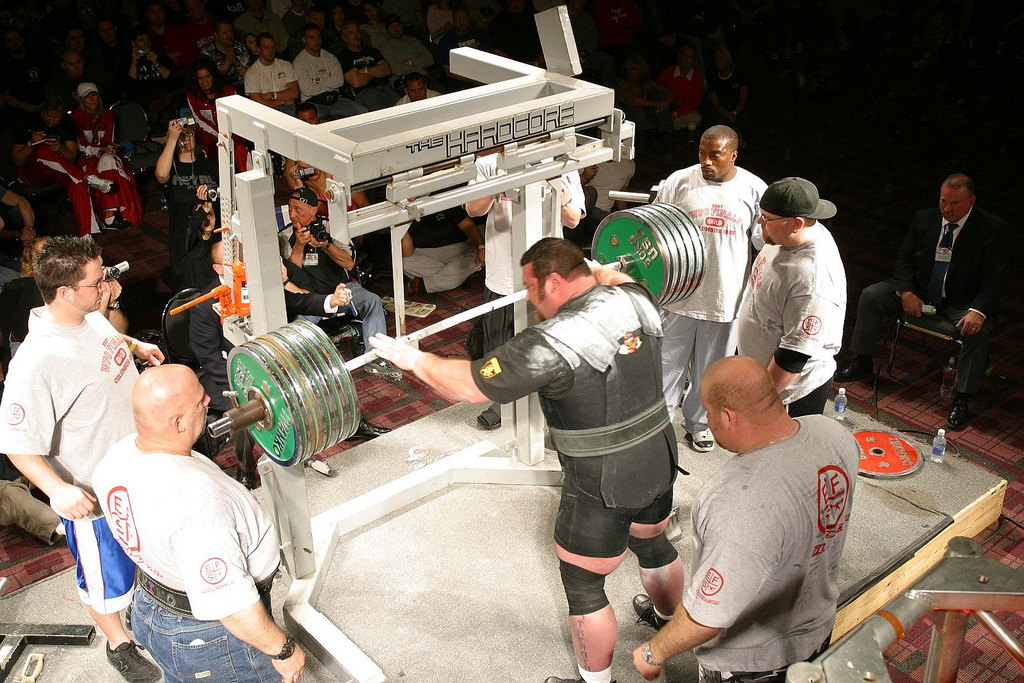
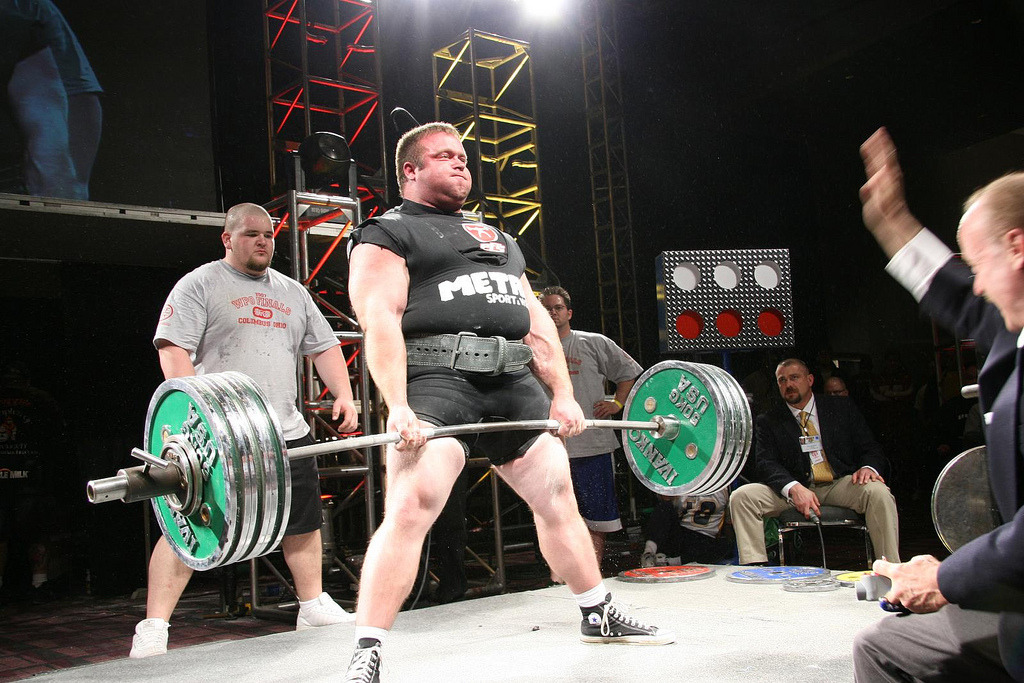
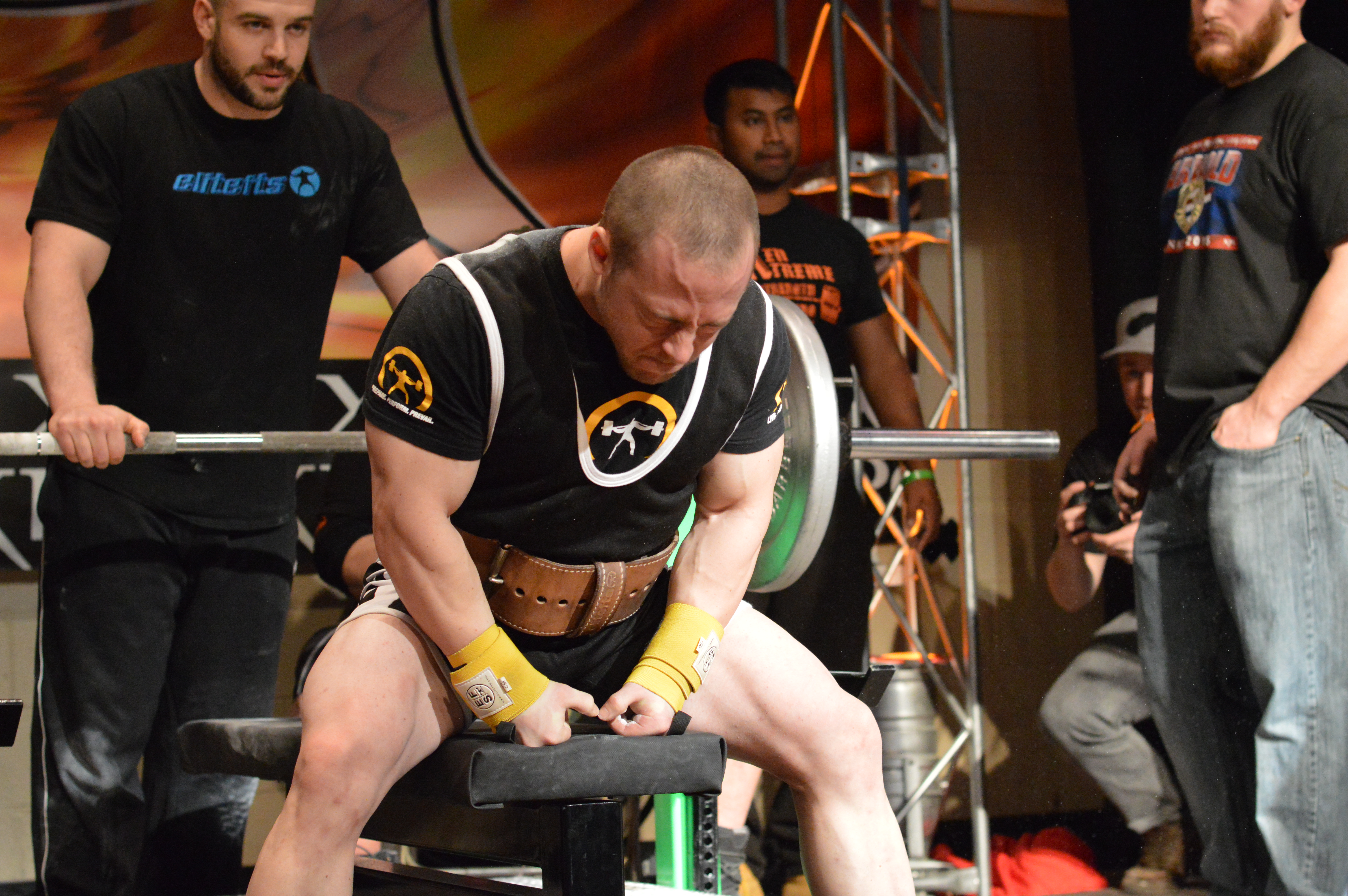
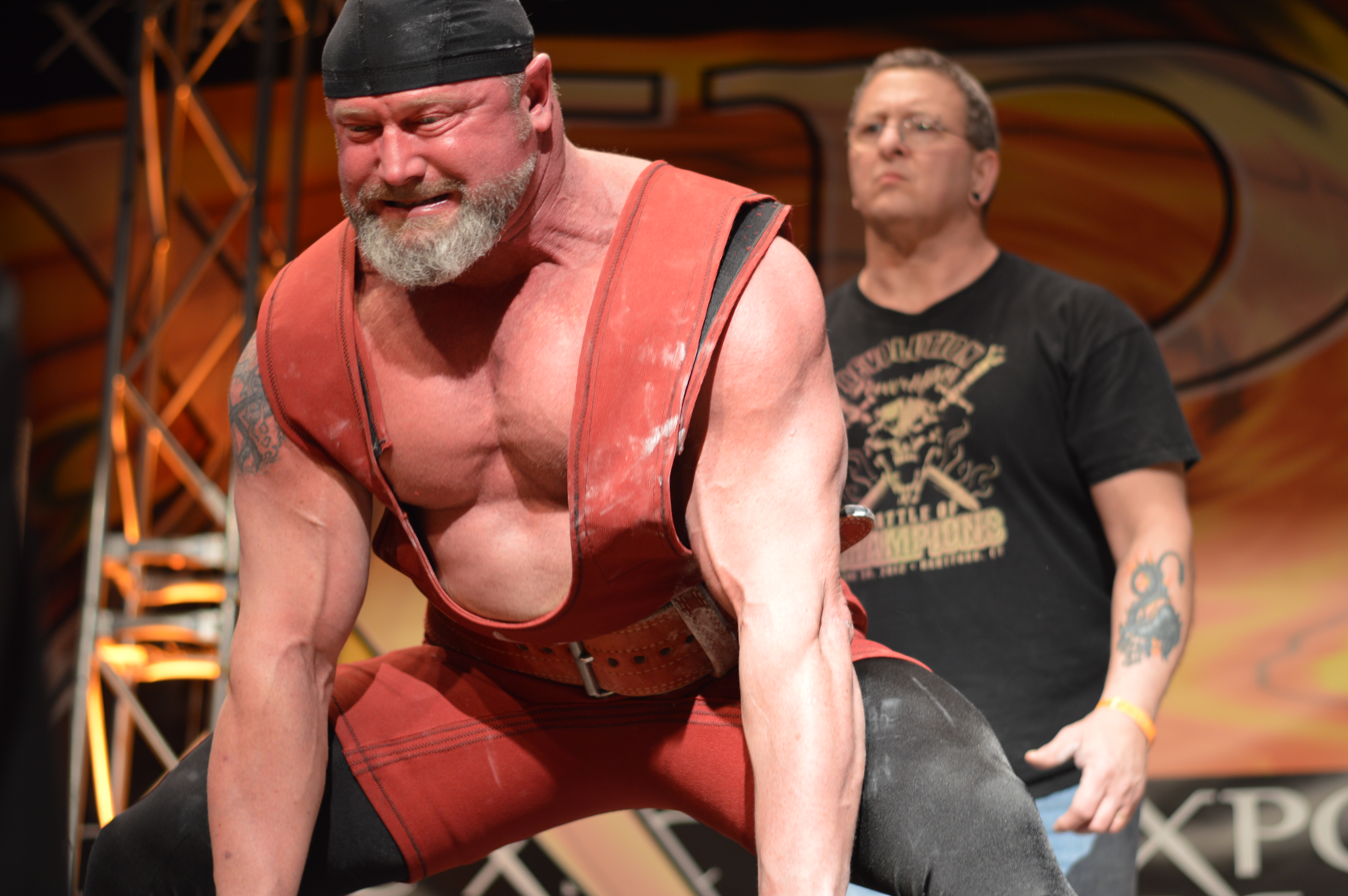
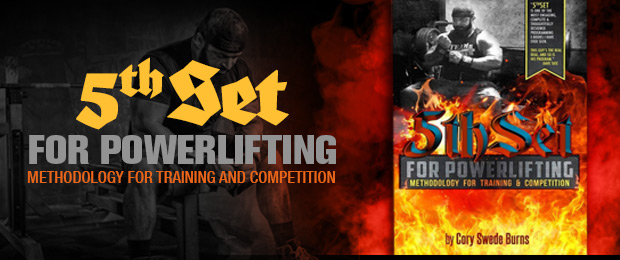
This article came right on time and I will DEFINITELY share it on my blog!